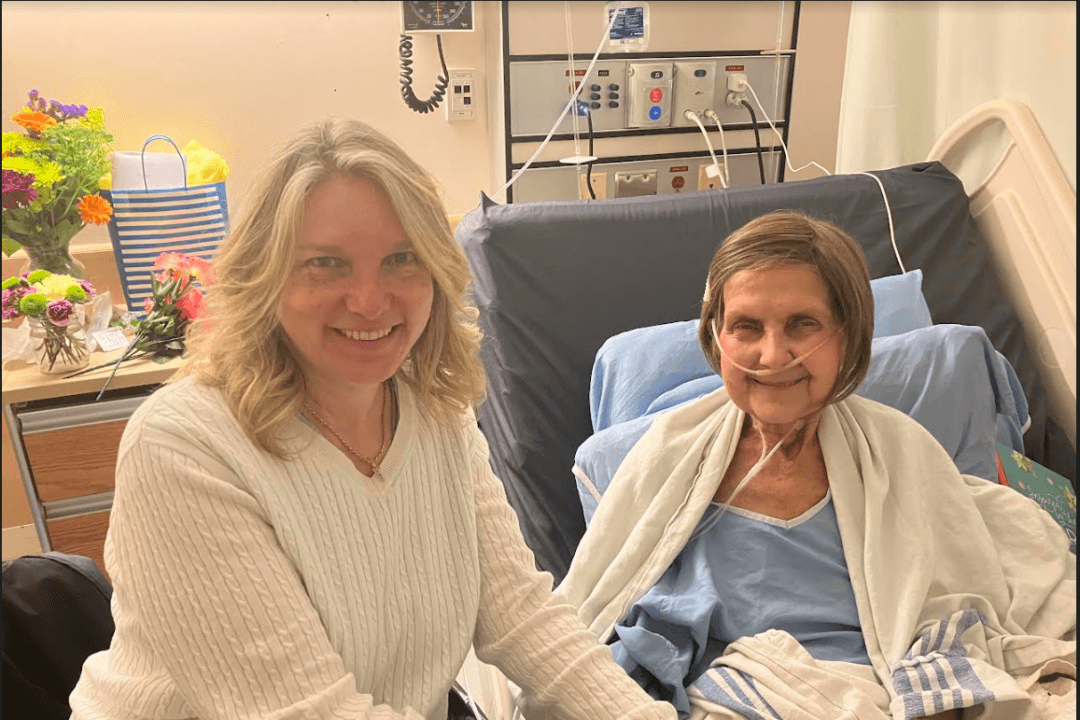Trades schools are adjusting course instruction as the COVID-19 pandemic lingers on, creating challenges that will affect how students learn.
In Saskatoon, Cody Deringer is starting his fourth year teaching a 38-week pre-employment welding course at the Saskatchewan Indian Institute of Technologies. His class size of 14 hasn’t changed, but it will be a challenge.





